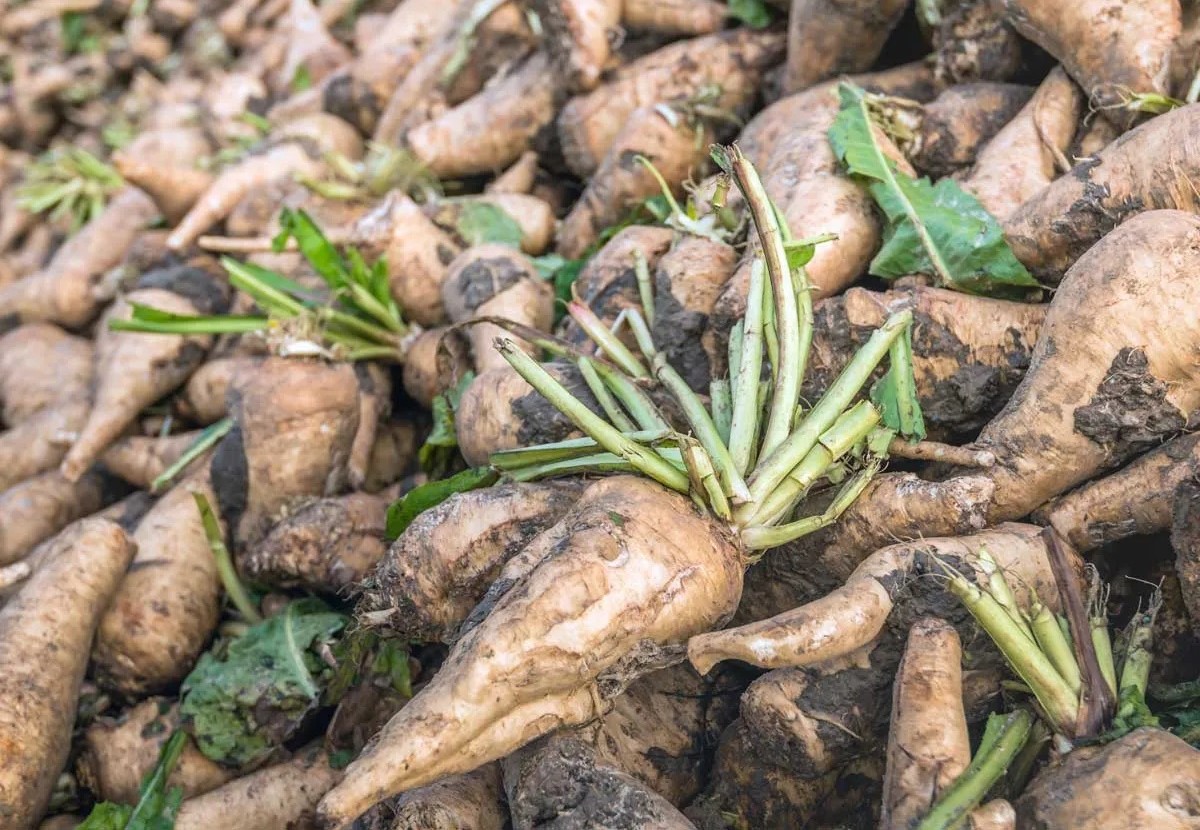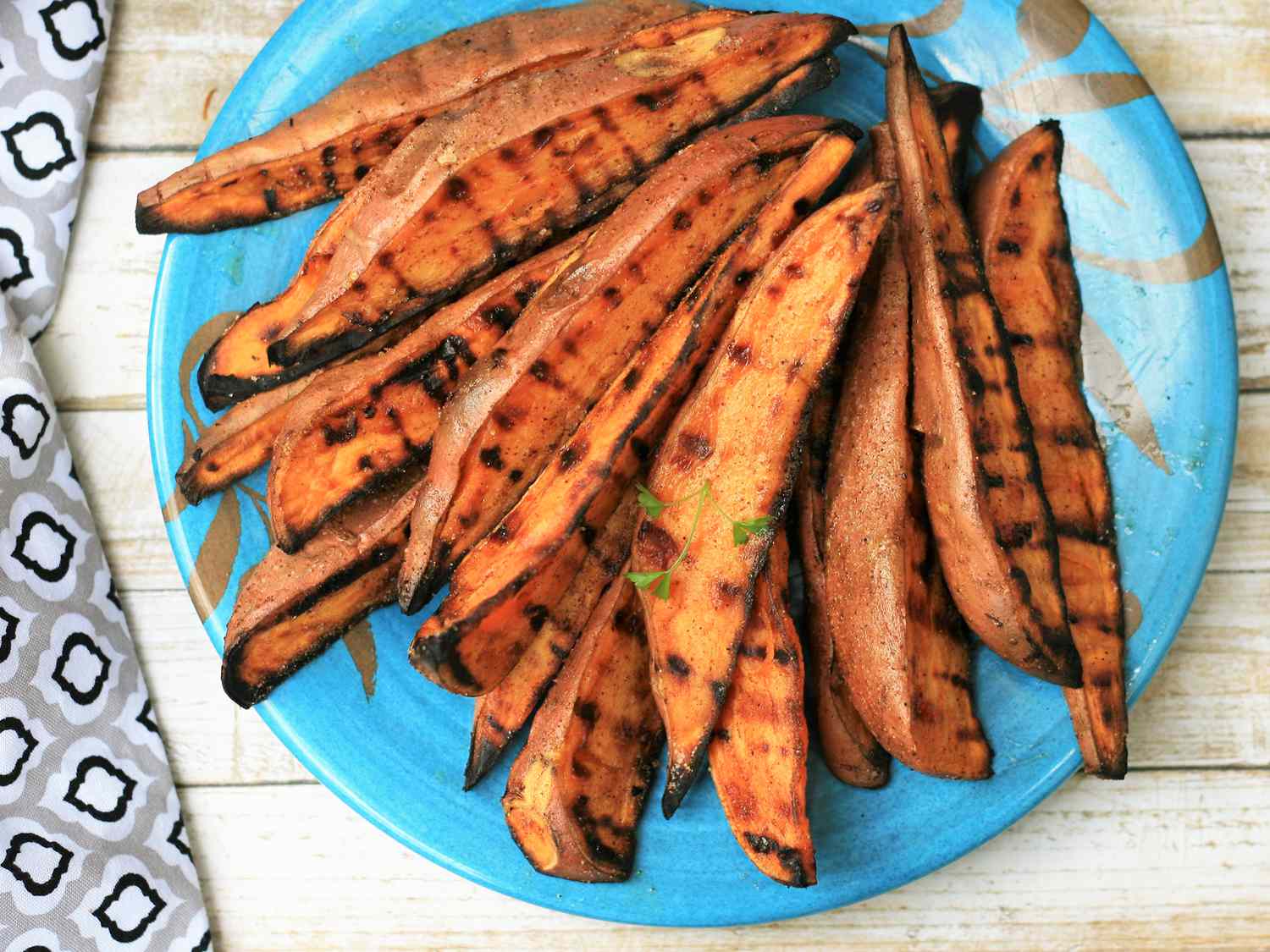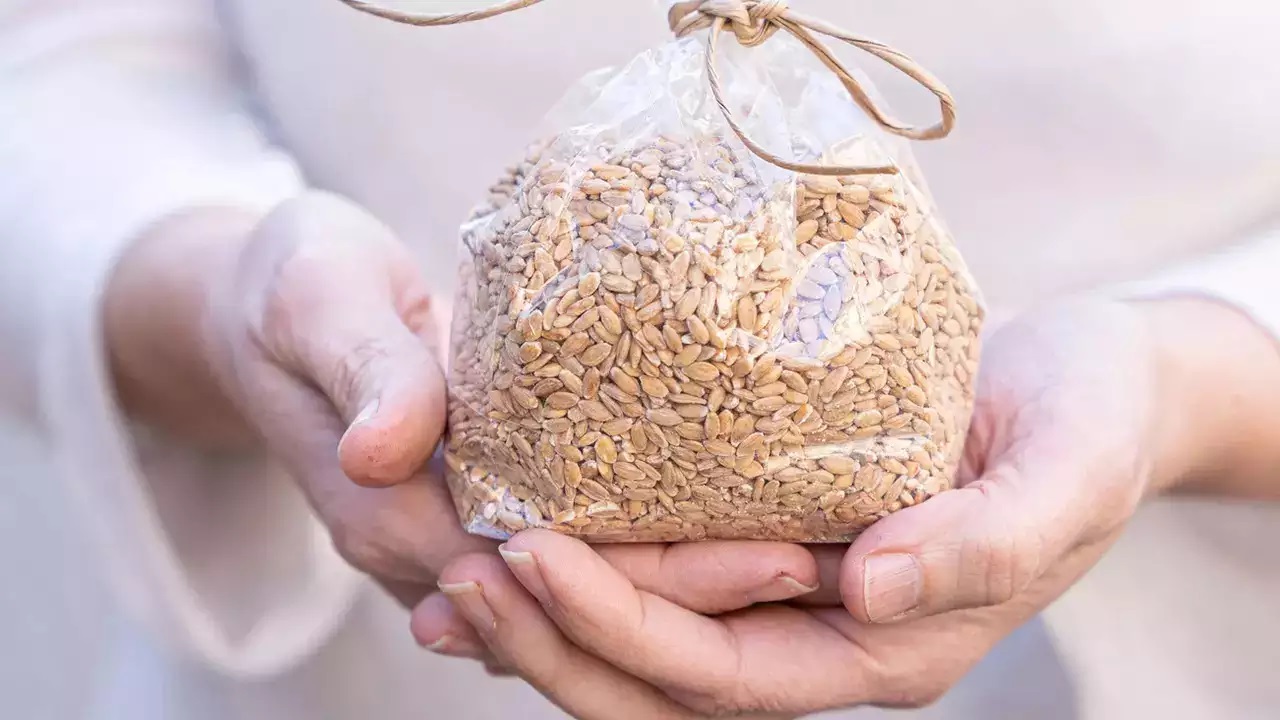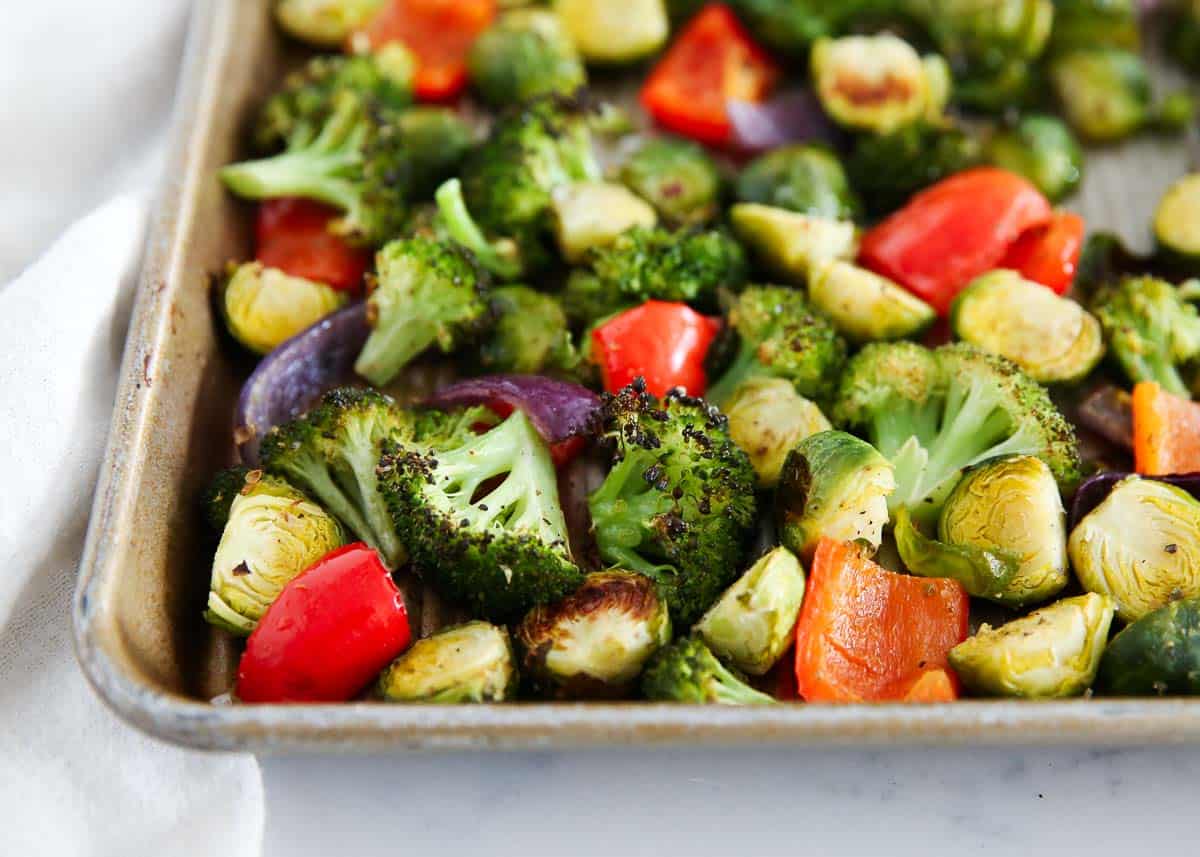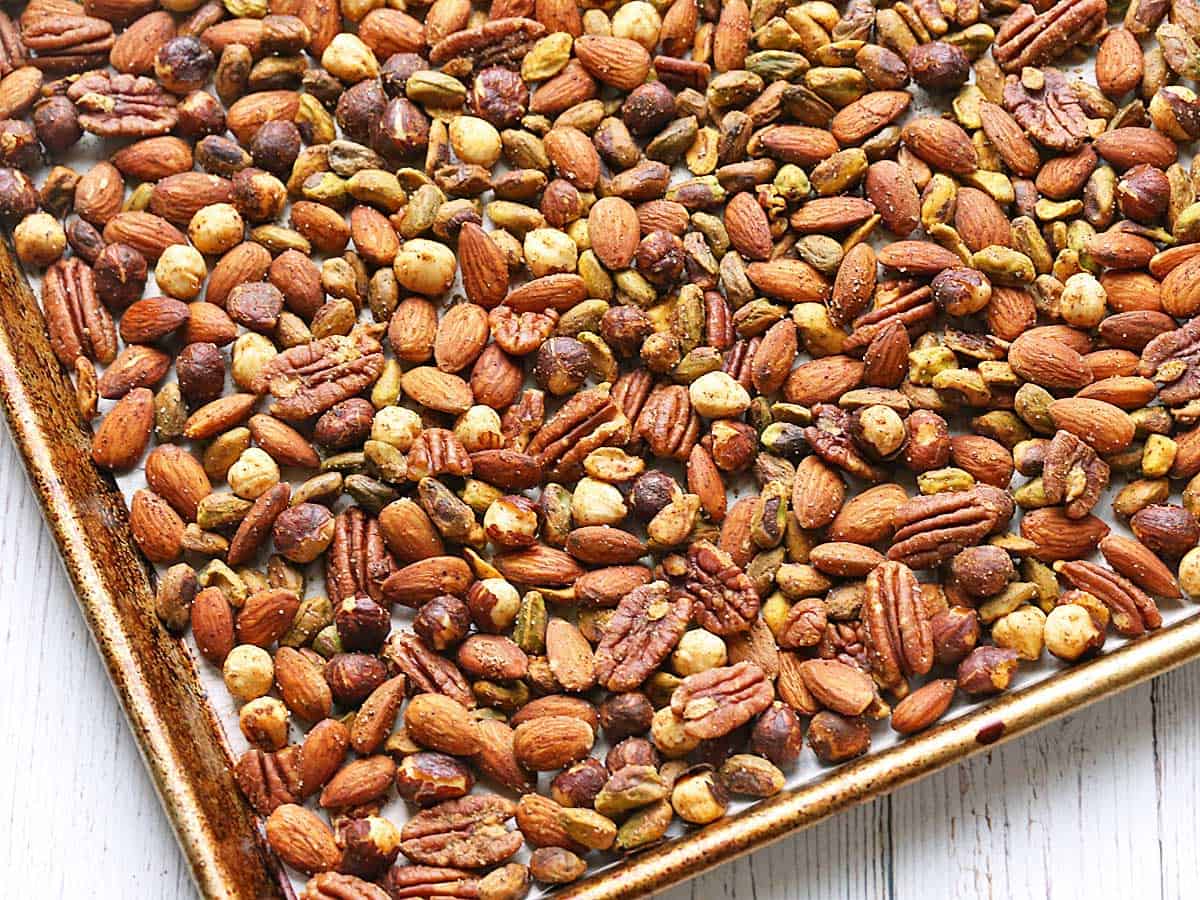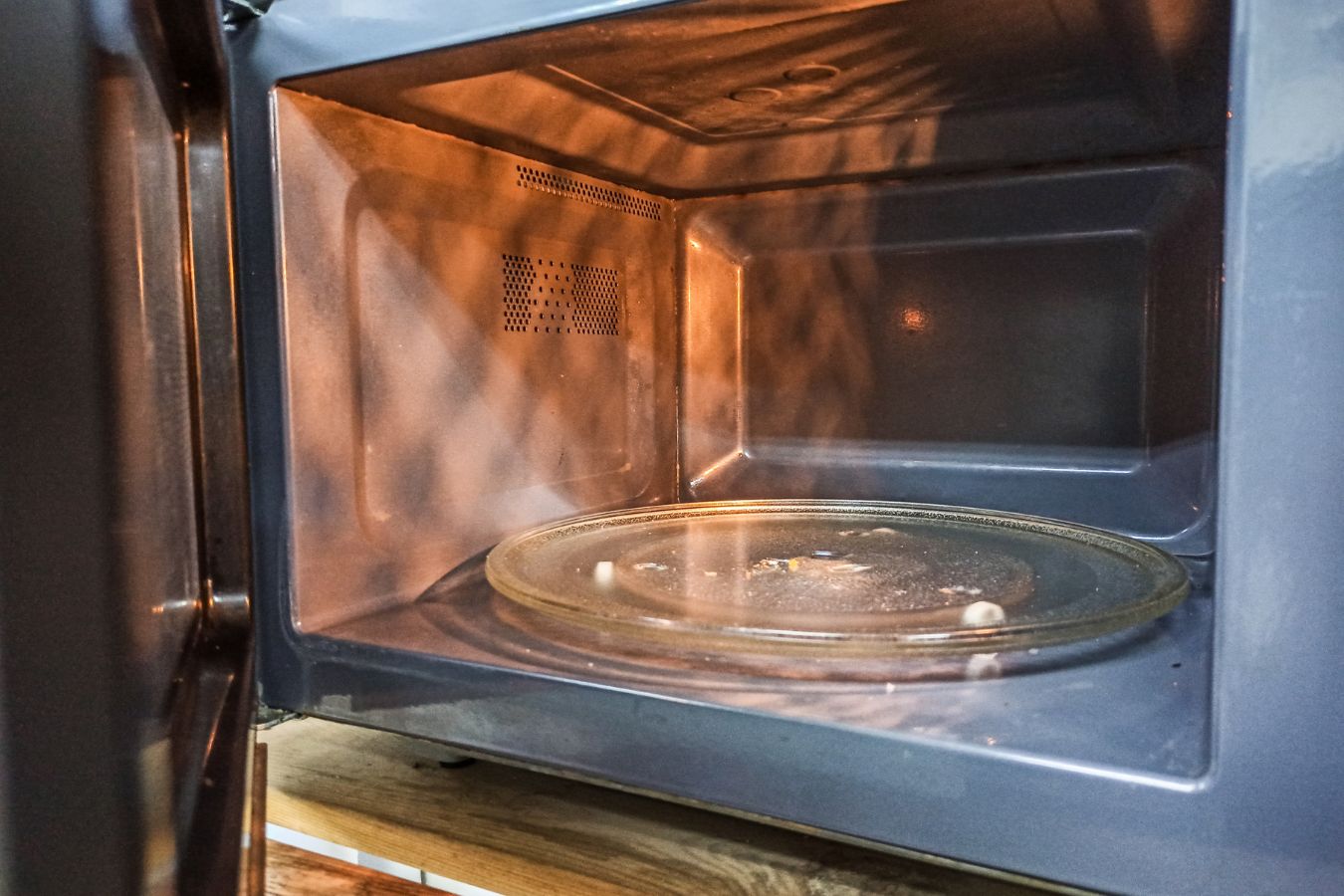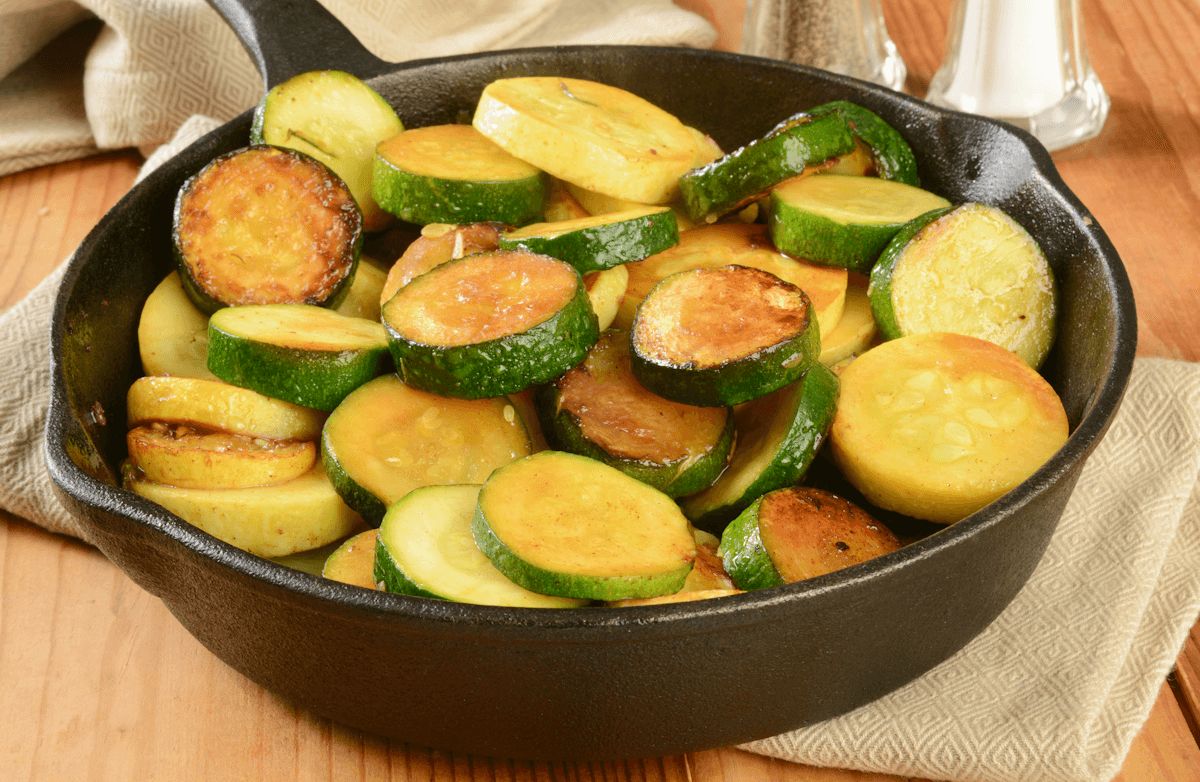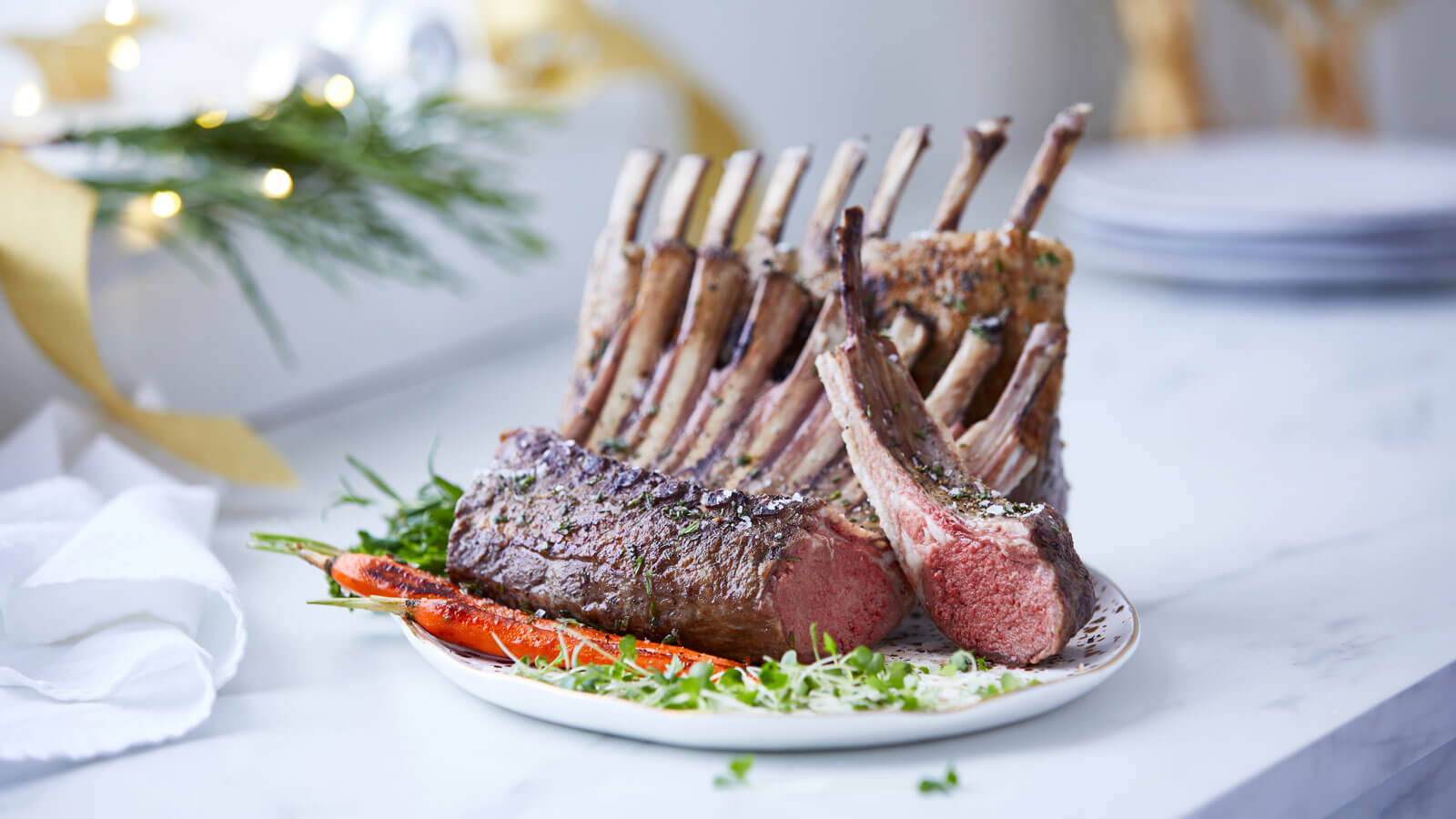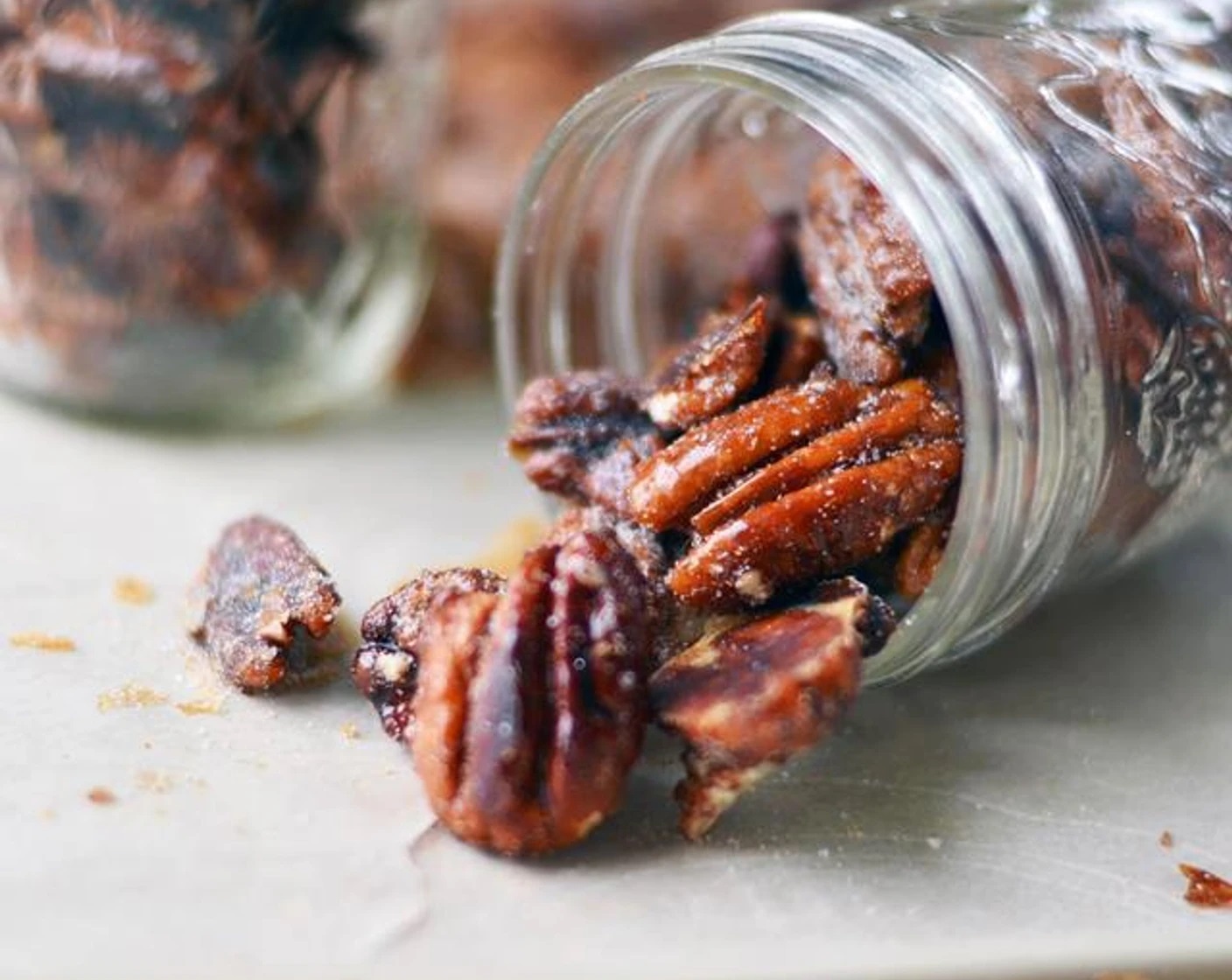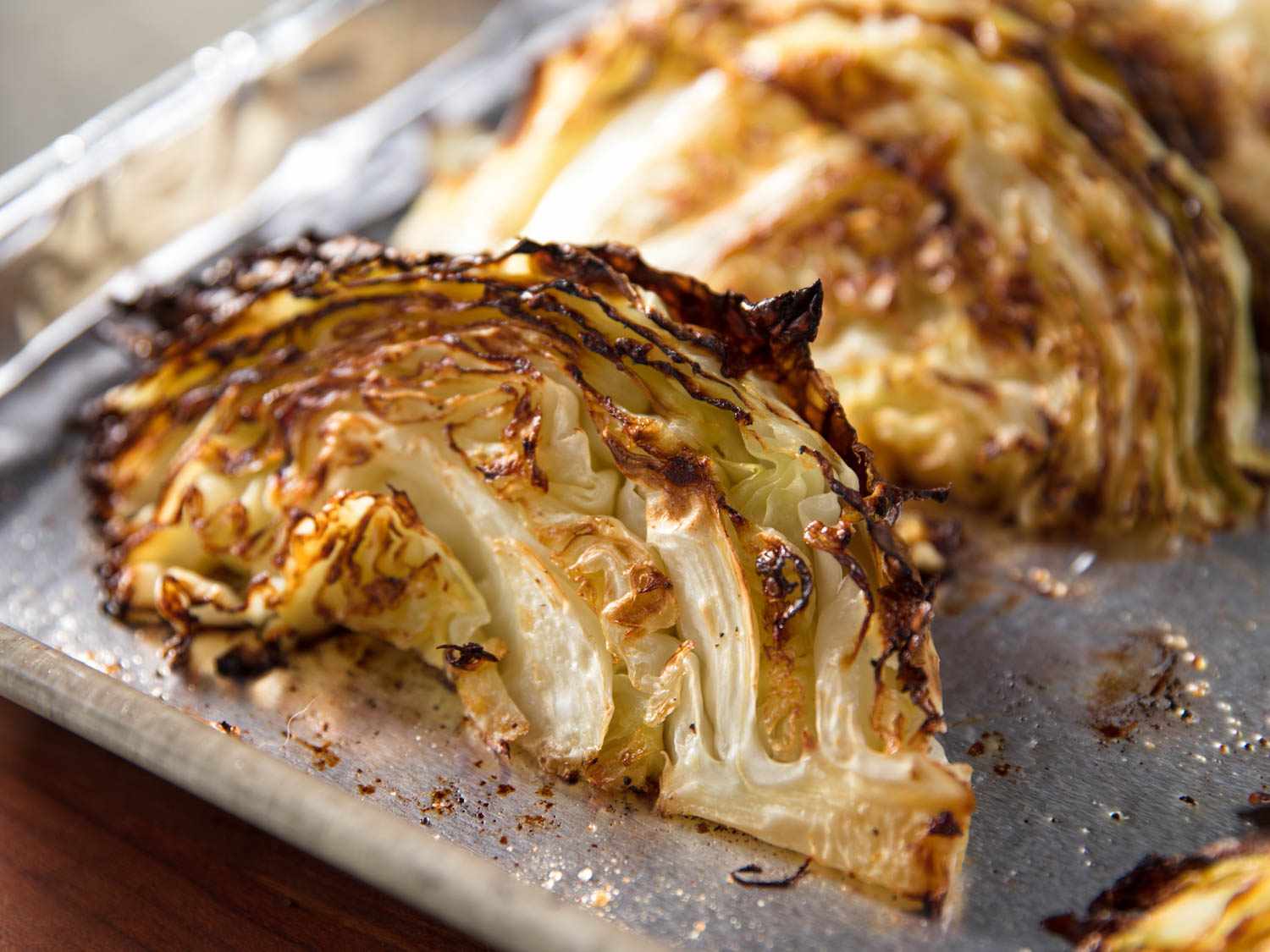When it comes to cooking a delicious and satisfying meal, there's nothing quite like the combination of roasted acorn squash and Boston butt pork roast. The sweet and nutty flavor of the acorn squash pairs perfectly with the rich and savory taste of the pork roast, creating a meal that is sure to impress. In this article, we'll take a look at how to prepare and roast acorn squash alongside a Boston butt pork roast, creating a delectable dish that is perfect for any occasion.
Roasting Acorn Squash
Acorn squash is a winter squash variety that is known for its sweet and slightly nutty flavor. Roasting acorn squash is a simple and delicious way to bring out its natural sweetness and create a tender and flavorful side dish. Here's how to roast acorn squash to perfection:
-
Preparation: Start by preheating your oven to 400°F (200°C). While the oven is heating up, carefully cut the acorn squash in half lengthwise and scoop out the seeds and stringy pulp with a spoon.
-
Seasoning: Once the squash is cleaned out, brush the cut sides with melted butter or olive oil and sprinkle with a pinch of salt and a dash of cinnamon or nutmeg for added flavor.
-
Roasting: Place the squash halves cut-side down on a baking sheet lined with parchment paper or aluminum foil. Roast in the preheated oven for 45-50 minutes, or until the flesh is tender when pierced with a fork.
-
Serve: Once the acorn squash is roasted to perfection, remove it from the oven and let it cool for a few minutes before serving. You can scoop out the flesh and serve it as is, or you can mash it and mix in some additional seasonings for a flavorful twist.
Cooking Boston Butt Pork Roast
Boston butt pork roast, also known simply as pork butt or pork shoulder, is a flavorful and versatile cut of meat that is perfect for roasting. When cooked low and slow, it becomes tender and juicy, making it an ideal choice for a hearty and delicious meal. Here's how to cook a Boston butt pork roast to perfection:
-
Seasoning: Start by seasoning the pork roast with a dry rub made from a combination of salt, pepper, garlic powder, onion powder, and any other herbs and spices of your choice. Rub the seasoning all over the surface of the meat, ensuring that it is well coated.
-
Searing: Heat a large skillet or Dutch oven over medium-high heat and add a small amount of oil. Once the oil is hot, sear the pork roast on all sides until it develops a golden-brown crust.
-
Roasting: Transfer the seared pork roast to a roasting pan or baking dish and place it in the preheated oven. Roast the pork at 325°F (160°C) for 2.5 to 3 hours, or until it reaches an internal temperature of 190°F (88°C) and the meat is tender and easily pulls apart with a fork.
-
Resting: Once the pork roast is cooked to perfection, remove it from the oven and let it rest for 15-20 minutes before slicing or shredding. This resting period allows the juices to redistribute, ensuring that the meat stays moist and flavorful.
Serving the Roasted Acorn Squash and Boston Butt Pork Roast
Once both the acorn squash and Boston butt pork roast are roasted to perfection, it's time to bring the meal together and serve up a delicious and satisfying dish. Here's how to serve the roasted acorn squash and Boston butt pork roast:
-
Plating: Arrange the roasted acorn squash halves on a serving platter, and fill the cavities with a pat of butter and a sprinkle of brown sugar or maple syrup for added sweetness.
-
Serving: Slice or shred the roasted pork roast and arrange it alongside the acorn squash on the serving platter. Garnish with fresh herbs, such as parsley or thyme, for a pop of color and flavor.
-
Enjoying: Serve the roasted acorn squash and Boston butt pork roast with your favorite side dishes, such as steamed vegetables, mashed potatoes, or a crisp green salad. This hearty and flavorful meal is sure to be a hit with family and friends.
In conclusion, roasting acorn squash alongside a Boston butt pork roast is a simple and delicious way to create a satisfying and flavorful meal. By following these easy steps for roasting acorn squash and cooking Boston butt pork roast, you can create a delectable dish that is perfect for any occasion. So gather your ingredients, preheat your oven, and get ready to enjoy a meal that is sure to impress!
Was this page helpful?
Read Next: How To Roast Alcohol Infused Coffee Beans
